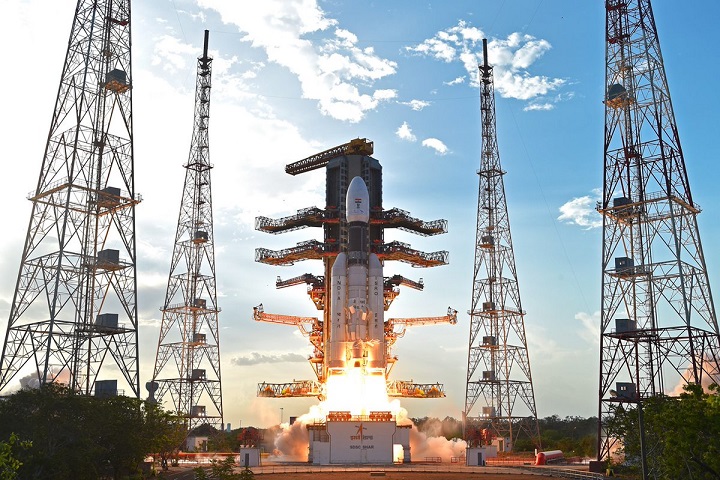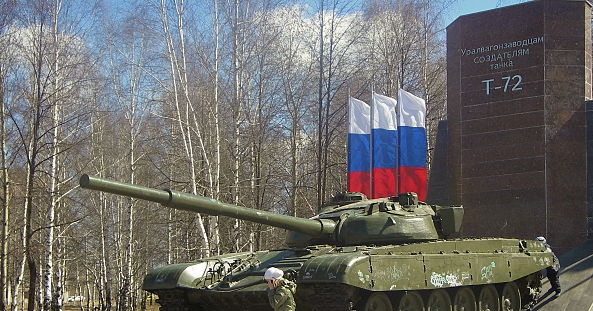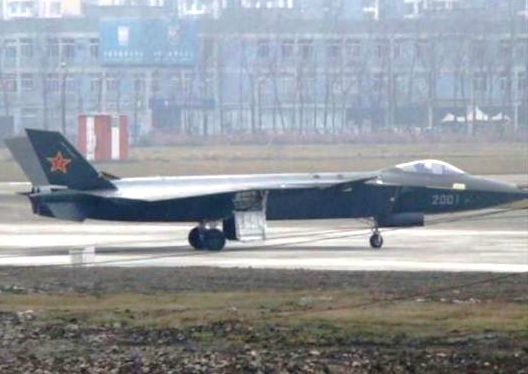
ISRO's GSLV heavylift rocket during its lift off at Sriharikota spaceport on Monday.
SRIHARIKOTA (PTI): Indian Space Research Organisation (ISRO) will work on launching vehicles with "electric propulsion system" so that large satellites can be sent into space by the agency, its Chairman A S Kiran Kumar said on Monday.
"Till today, we had the capability to launch 2.2 tonne satellites and in today's GSLV-MKIII D1 launch, we successfully used electric propulsion system," he told reporters.
Asked whether ISRO would make use of the European spaceport at French Guiana, he said for the next GSAT satellite, weighing about 3.3 tonnes and scheduled for launch on June 28, and another satellite weighing 5.8 tonnes would be done from there.
For launching heavier satellites, ISRO had to depend on facilities from abroad and the space agency had launched 3,404 kg communication satellite GSAT-18 from French Guiana.
"For the next launch which is on June 28, we are actually getting it done from Ariane. It is about 3.3 tonnes but after that we also have 5.8-tonne satellite for which also, we will be going to French Guiana," he said.
"We have a six-tonne satellite in principle. It is possible to be realised using electric propulsion. So we have already started using electric propulsion system. (Even) GSAT-19 (launched on Monday) carries an electric propulsion system. So, we have successfully tested that," he said.
Asked how the mood was when the cryogenic upper stage was firing during Monday's launch of GSLV MkIII carrying GSAT-19, he said it was "upbeat" as the scientists undertook several round of tests.
"The mood was upbeat. In December 2014 we tested our first S200 solid motor and L110 liquid engine. We did make certain modifications. As far as cryogenic engine was concerned, more than 199 tests have been done since December 2014.
All these tests have been done without any mishap or failure.
This also boosted our confidence," he said.
About the immediate task for ISRO, Kumar said "it is to improve the launch vehicles of PSLV, at least two launches of GSLV Mark II per year and one more Mark III within a year".
Asked when GSAT19 would reach the intended orbit, he said, "Right now what is achieved is a geostationary transfer orbit. That means, it is about perigee of 170 kms and apogee of 39,500 kms. What we will do is a series of manoeuvres using the propulsion of the satellite in the coming days. Typically it takes two to three weeks."
On the status of inter-planetary mission, Kumar said the space agency had two approved missions - "Aditya" and "Chandrayaan II."
"The launch of "Chandrayaan II" will be in the first quarter of next year and with regard to "Aditya", we are planning to launch it sometime in 2018-'19," he said.
To a query as to whether the market size of ISRO increased with Monday's heavy satellite launch, Kumar said "definitely with every successful launch, credibility of the system goes up. Customers will have greater confidence".
 Previous Article
Previous Article Next Article
Next Article













The Indian Air Force, in its flight trials evaluation report submitted before the Defence Ministry l..
view articleAn insight into the Medium Multi-Role Combat Aircraft competition...
view articleSky enthusiasts can now spot the International Space Station (ISS) commanded by Indian-American astr..
view article